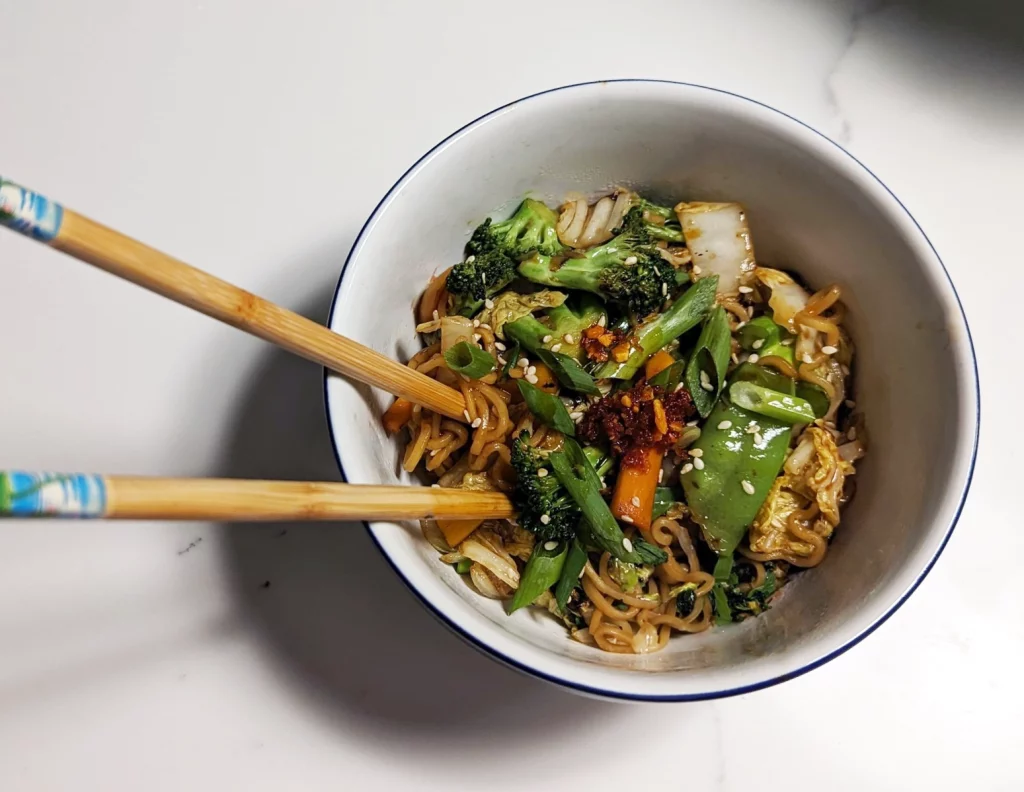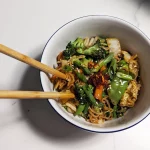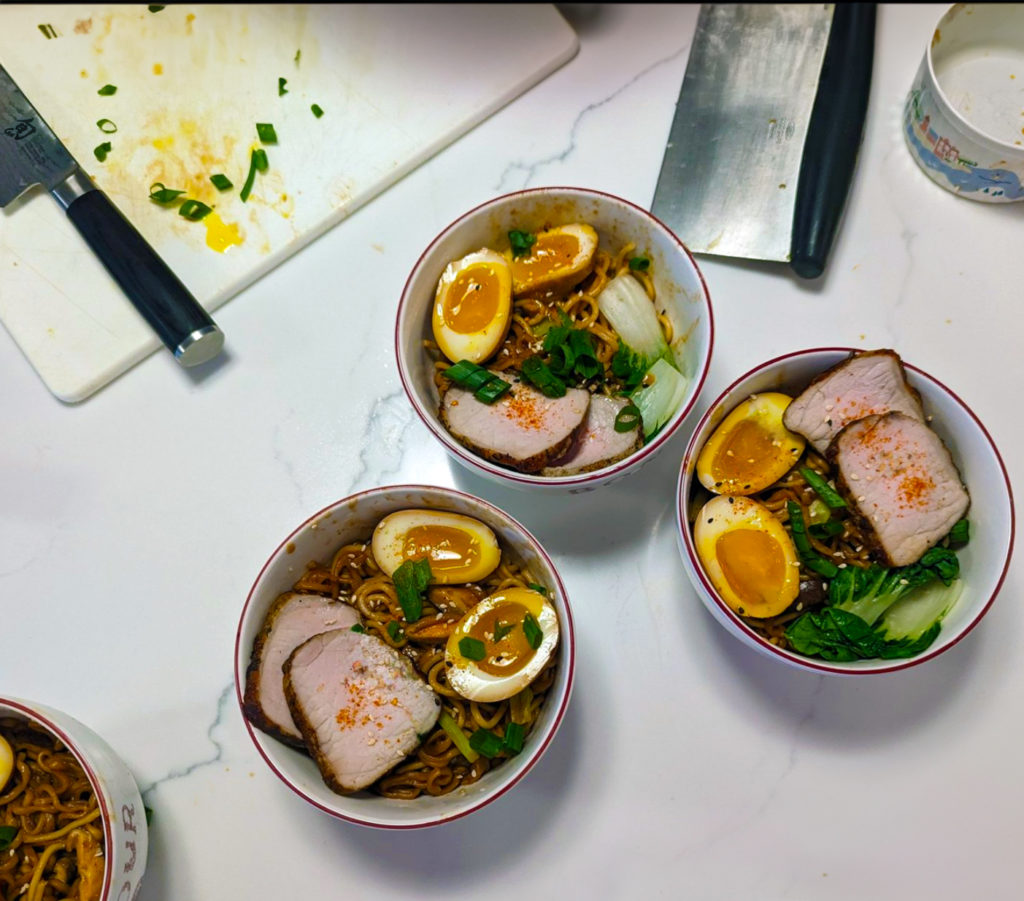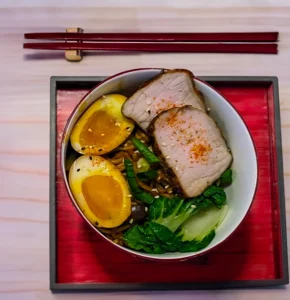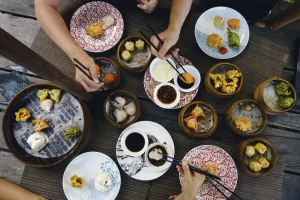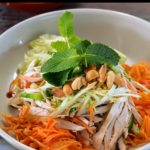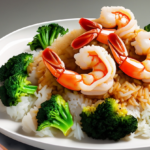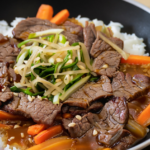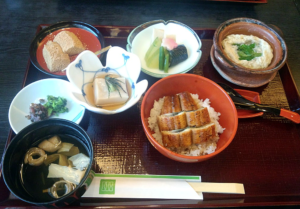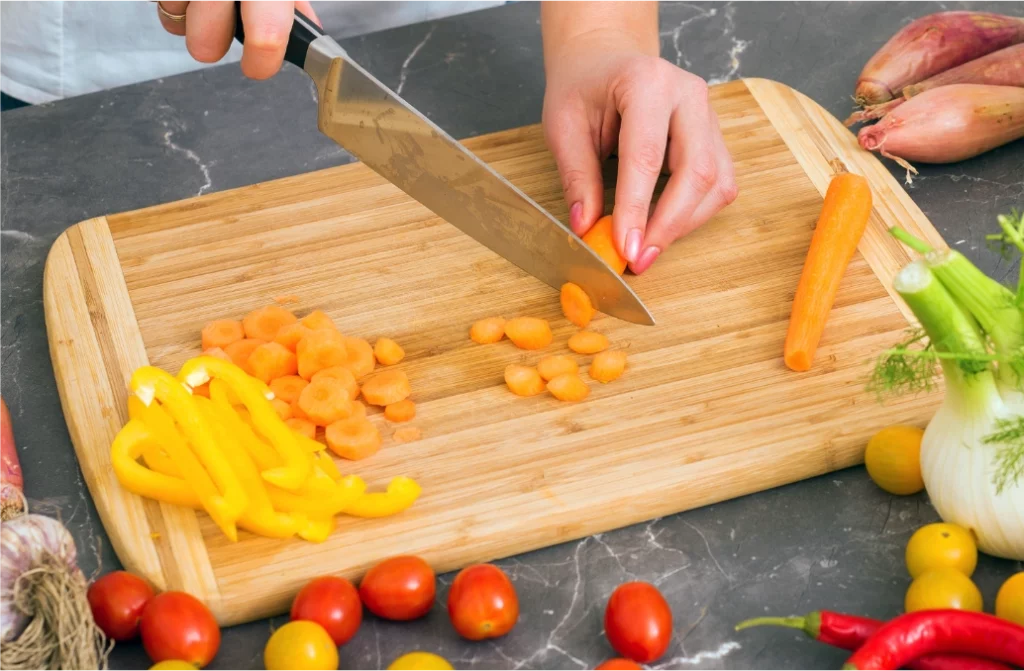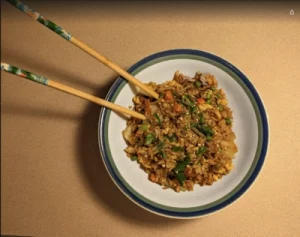This Instant Pot Spicy Asian Pulled Pork Shoulder is my new favorite Instant Pot dish. I have to give all the credit to the fabulous Melissa Clark for this great recipe. I don’t think this is technically a Korean dish, but I’ve labeled it as such because it uses gochujang, the inexpensive Korean chili paste that adds an incredible depth of flavors, on top of the tasty heat it adds to any dish. If you like things spicy, gochujang is like sriracha…it’s pretty much good on just about anything and is now available just about anywhere. The recipe also calls for gochugaru, Korean chili pepper flakes, which might be a little harder to find, but crushed red pepper flakes work almost as well.
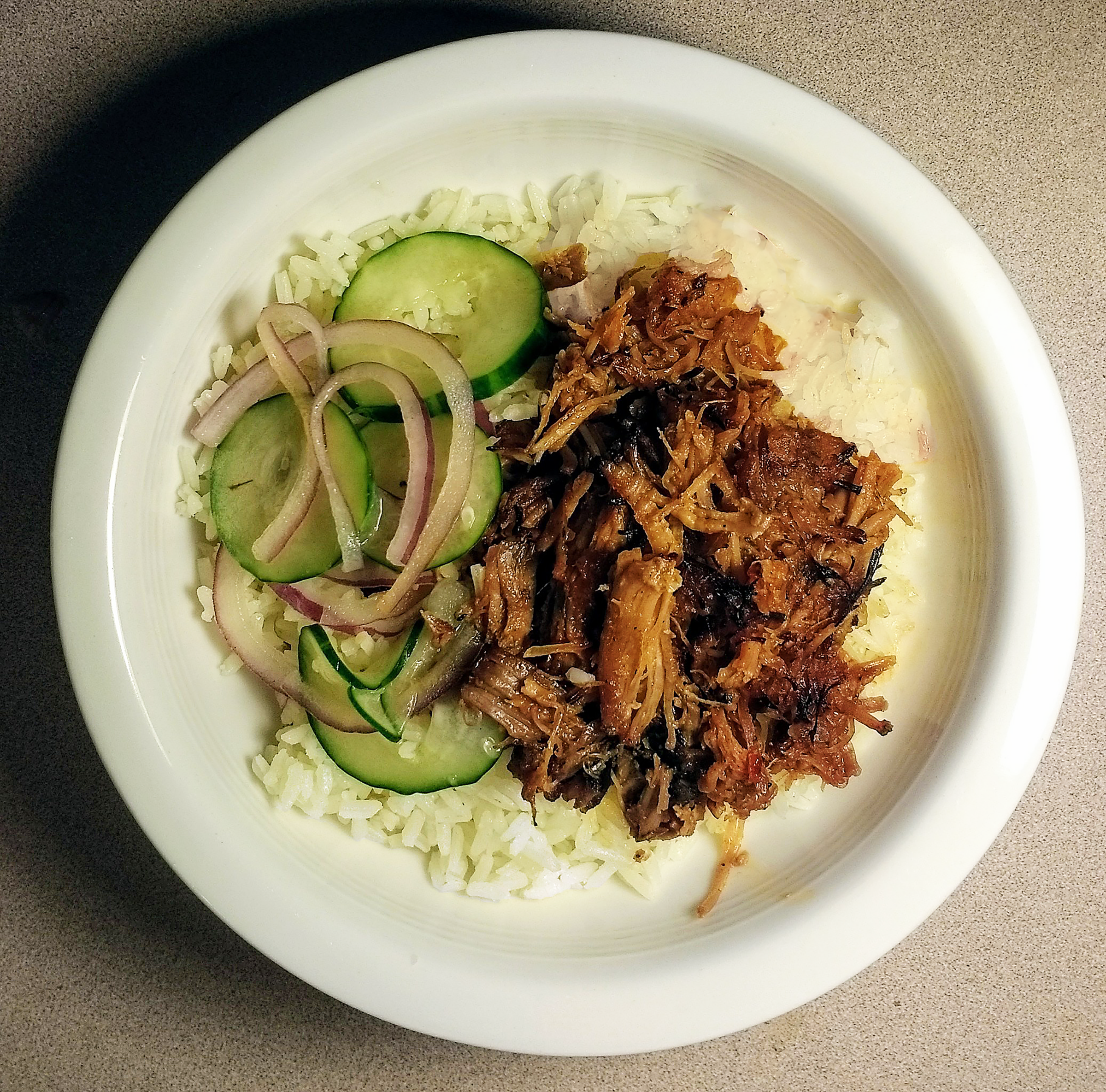
Why This Spicy Pulled Pork Will Be Your Next Go-To
While I’ve affectionately dubbed this an “Asian” pulled pork, it’s really the star ingredient, gochujang, that brings the magic. This inexpensive Korean chili paste isn’t just about heat; it adds an incredible depth of savory, slightly sweet, and tangy flavors that you just won’t find anywhere else. Think of it as your new sriracha – versatile, delicious, and now readily available everywhere!
The recipe also calls for gochugaru, Korean chili pepper flakes, which can be a little harder to track down. But don’t worry! Regular crushed red pepper flakes will work almost as well in a pinch, so don’t let that stop you from trying this gem.
—
Foolproof & Versatile: Your New Weeknight Hero
This is truly one of those recipes that’s genuinely **fun and easy to make**. It’s almost impossible to mess up, and it consistently turns out fantastic every single time. That’s a win in my book!
And the versatility? Oh, it’s endless! Serve it classically over rice, topped with those bright, tangy pickled cucumbers, just like I have it pictured. But wait, there’s more! It’s also absolutely phenomenal piled high on a soft Hawaiian-type slider roll (or any soft slider roll) with those same cucumbers for a juicy, flavorful quick sandwich.
—
Meal Prep & Freezing Tips for Spicy Pulled Pork Bliss
One of my favorite things about this recipe is how perfectly it freezes. It’s ideal for those busy days when you need a quick, delicious fix. Here’s my go-to freezing method:
- Once cooled, portion out 4-5 oz. servings.
- Wrap each portion separately in plastic wrap.
- Place all wrapped portions in a freezer-safe bag.
- Freeze for up to 3 months!
When that craving hits, just pull a portion from the freezer, pop it in the microwave for about a minute or two, and it’s ready! Serve it on leftover rice, in a quick sandwich, or get creative – I’ve even wrapped it in a tortilla for an amazing multi-cultural meal. Don’t be afraid to experiment!
If you’re more in the mood for classic American-style pulled pork, you’ve got to check out my Best Pulled Pork Sandwiches Ever!
—
Ready to Cook?
Are you excited to try this incredibly delicious and easy recipe? I promise, your taste buds will thank you!
Please check below for the full printable recipe for this **Instant Pot Spicy Asian Pulled Pork Shoulder**.
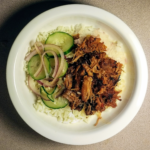
Instant Pot Spicy Asian Pulled Pork Shoulder
A delicious mix of Asian pork with a spicy and sweet honey garlicky gochujang sauce
Ingredients
FOR THE PORK:
- 5 garlic cloves grated on a Microplane or minced
- 2 tablespoons brown sugar or honey
- 1 tablespoon Korean chile flakes gochugaru or other chile flakes (crushed red pepper)
- 1 tablespoon kosher salt more to taste
- 1 teaspoon ground black pepper
- 4-5 pounds boneless pork shoulder cut into two or three pieces
FOR THE SAUCE:
- 1 tablespoon peanut oil or any neutral oil
- 4 garlic cloves grated on a Microplane
- 2 tablespoons grated fresh ginger root
- ½ cup gochujang Korean chile paste or other chile paste or sauce such as Sriracha
- ¼ cup soy sauce
- 2 tablespoons ketchup
- 2 tablespoons mirin
- 2 tablespoons honey
- 1 tablespoon rice wine vinegar
- 1 teaspoon Asian fish sauce
- 1 teaspoon sesame oil
FOR THE SESAME PICKLED CUCUMBERS:
- 6 Persian cucumbers thinly sliced (or about 4 cups sliced cucumbers)
- 1 ½ tablespoons rice vinegar
- 2 teaspoons sesame oil
- 2 teaspoons brown sugar
- ½ teaspoon fine sea salt
- ¼ cup thinly sliced red onion
- 2 teaspoons sesame seeds
Instructions
-
To prepare pork, combine garlic, brown sugar, chile flakes, salt and pepper. Rub marinade all over pork.
-
If you have time, cover and refrigerate for 1 hour to up to 24 hours. Otherwise, proceed with recipe.
-
Set electric pressure cooker to saute (or use a large skillet). Add pork in batches and sear until browned all over, about 2 minutes per side. Add 3/4 cup water to pot (or to skillet to deglaze, then move to pot), cover, and set to cook for 90 minutes on high pressure. Or cook in a slow cooker for 5 to 7 hours until tender.
-
While pork cooks, prepare sauce: In a small pot, warm peanut oil over medium heat. Add garlic and ginger, and saute until fragrant, 1 to 2 minutes. Add remaining ingredients and bring to a simmer. Cook until thickened, 1 to 2 minutes. Set sauce aside. (It can be made up to 1 week ahead and stored in the refrigerator.)
-
Manually release steam. Let pork cool until you can handle it, then shred it into bite-size pieces. Pork can be made to this point up to 3 days ahead.
-
While pork cools, strain liquid from bottom of pot. Pour off fat (or chill liquid, then scoop off solidified fat with a spoon). Reserve.
-
Prepare cucumbers: In a small bowl, combine all ingredients except sesame seeds, and let sit, tossing one or twice, for at least 20 minutes. Stir in sesame seeds.
-
When ready to serve, heat broiler. Toss pork with sauce and 1 to 2 tablespoons cooking liquid, just enough so pork is evenly coated but not wet or runny. Spread mixture on a rimmed baking sheet, and broil until crisped on top, 2 to 3 minutes; it will char in places, and that's fine.
-
Serve pork over rice or on slider rolls, with cucumbers and kimchi, if desired.
